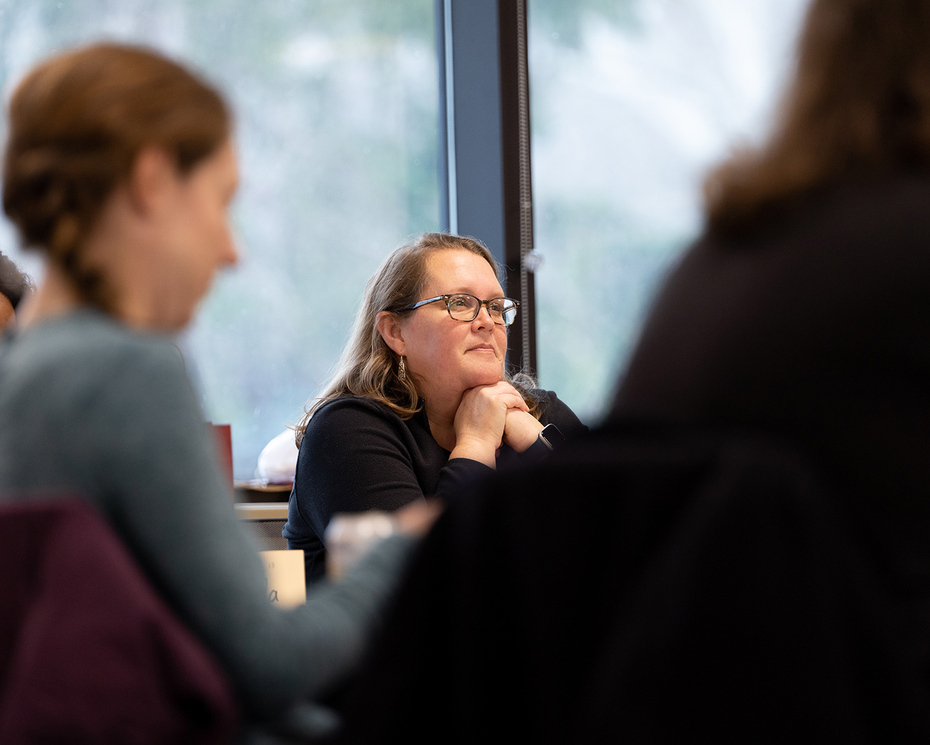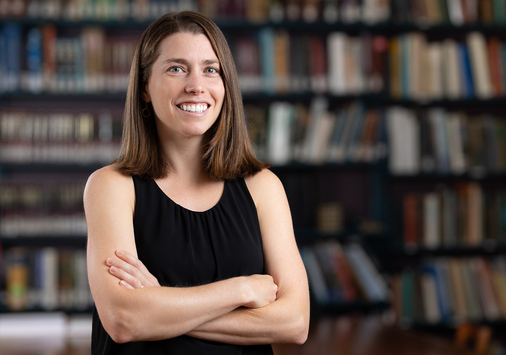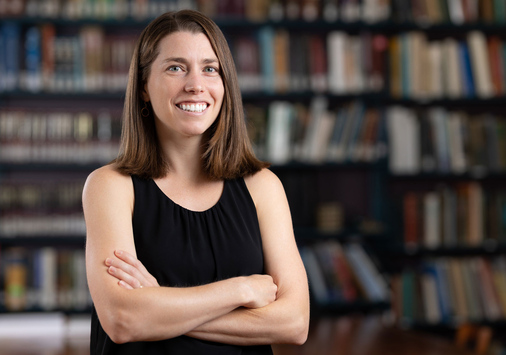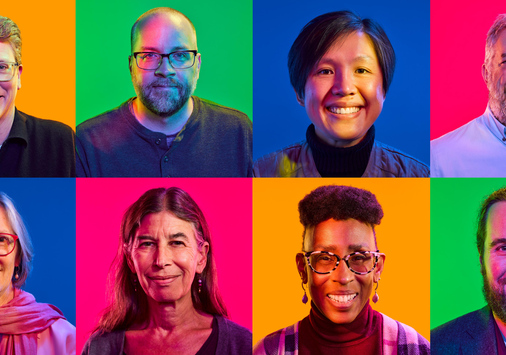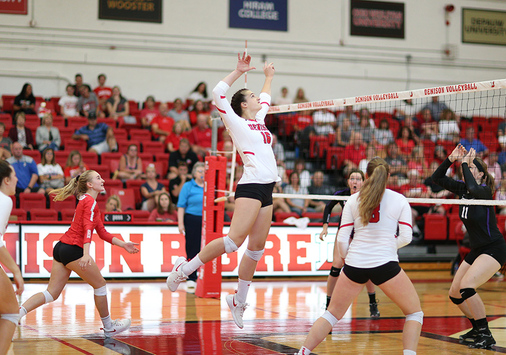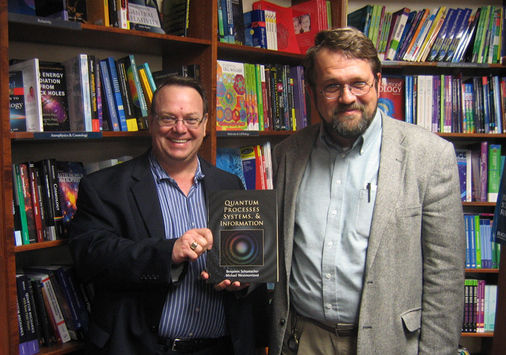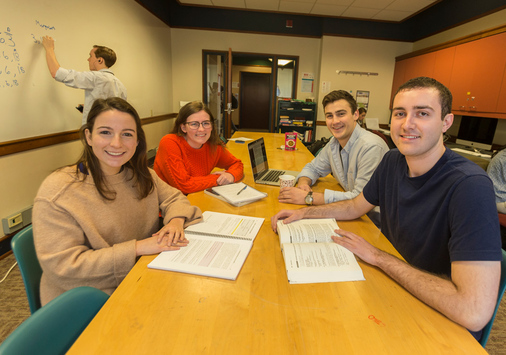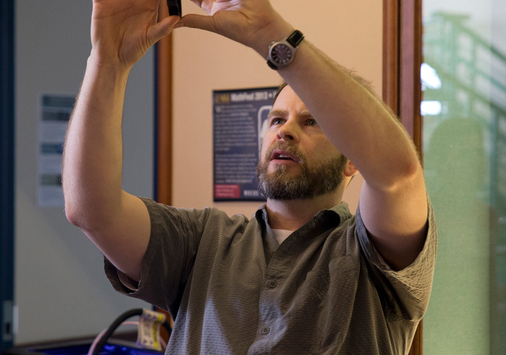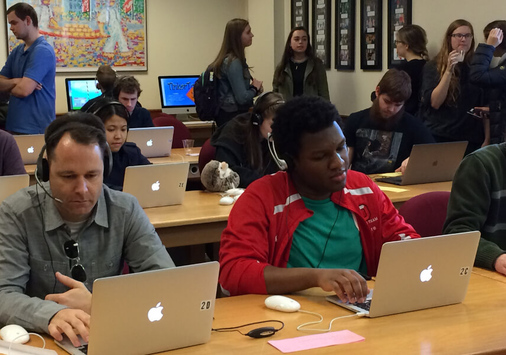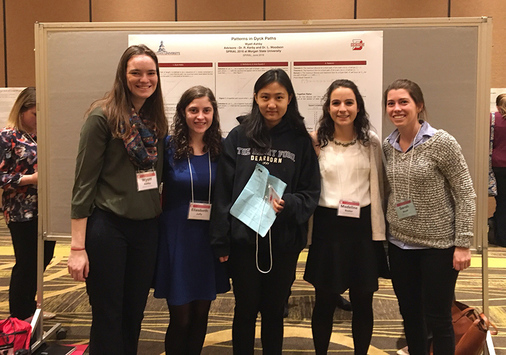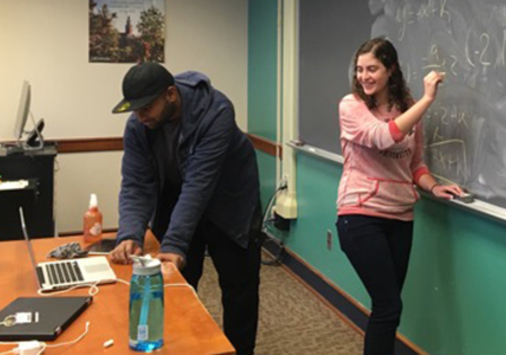Visiting Assistant Professor Joshua Edge explains Knot Theory to the uninitiated:
Imagine that you were to tangle up your shoelaces in some way and then solder the ends together. In doing so, you have created what mathematicians call a knot! You might next sit down and try to untangle the mess as much as possible. Since you have soldered the two ends of your shoelaces together, though, you might not be able to completely untangle to the knot. All the different types of knots you can be left with are called “classes” of knots. Naturally, you might ask the question, “Given two different knots, are they in the same class of knot?” It turns out that this question is a very difficult question to answer. To aid us in our understanding of knots, mathematicians have developed “knot polynomials”, which are essentially algebraic substitutions “performed” on a knot (You can see an example of this in the talk). Essentially, these knot polynomials reduce every knot to a number. If two knots have different numbers, then they cannot be in the same class.
In my video, I discuss virtual knots. In addition to your shoelace going over or under itself, I also allow for the shoelace to go “through” itself in a virtual knot. This may seem farfetched, but there are 3D universes in which this can happen! Just like for regular knots we are used to, there are also knot polynomials for virtual knots. In my talk, I classify all such polynomials with certain conditions. You might be asking yourself, “Why would a mathematician want to spend time thinking about knots?” For me, one main reason is their application to (topolocial) quantum computing. Essentially a quantum computer uses these very types of knot polynomials to transmit and encode information, so understanding more about them would in turn increase our understanding of quantum computing.
Edge dedicates this talk to Vaughan Jones, the mathematician whose invention connected knots to quantum physics.
